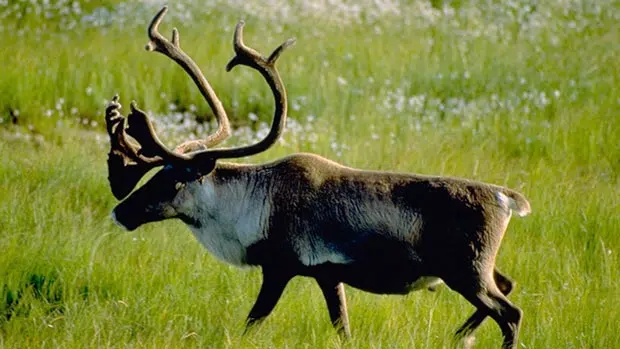
Province releases draft range plan to conserve woodland caribou
The provincial government is now one step closer to protecting the woodland caribou population in central and northern Saskatchewan.
Woodland caribou are a threatened species according to the federal Species at Risk Act. All species listed as threatened require a National Recovery Strategy, which was first introduced by the federal government in 2012.
The draft range plan introduced by the government on Oct 30 is the province’s response to the federal government’s national recovery strategy. Saskatchewan is just the second province to have a plan in the works.
The draft plan will now undergo a 60-day public review process according to Michael McLaughlan, the caribou project manager from the wildlife, fish and lands branch of the Ministry of Environment.


